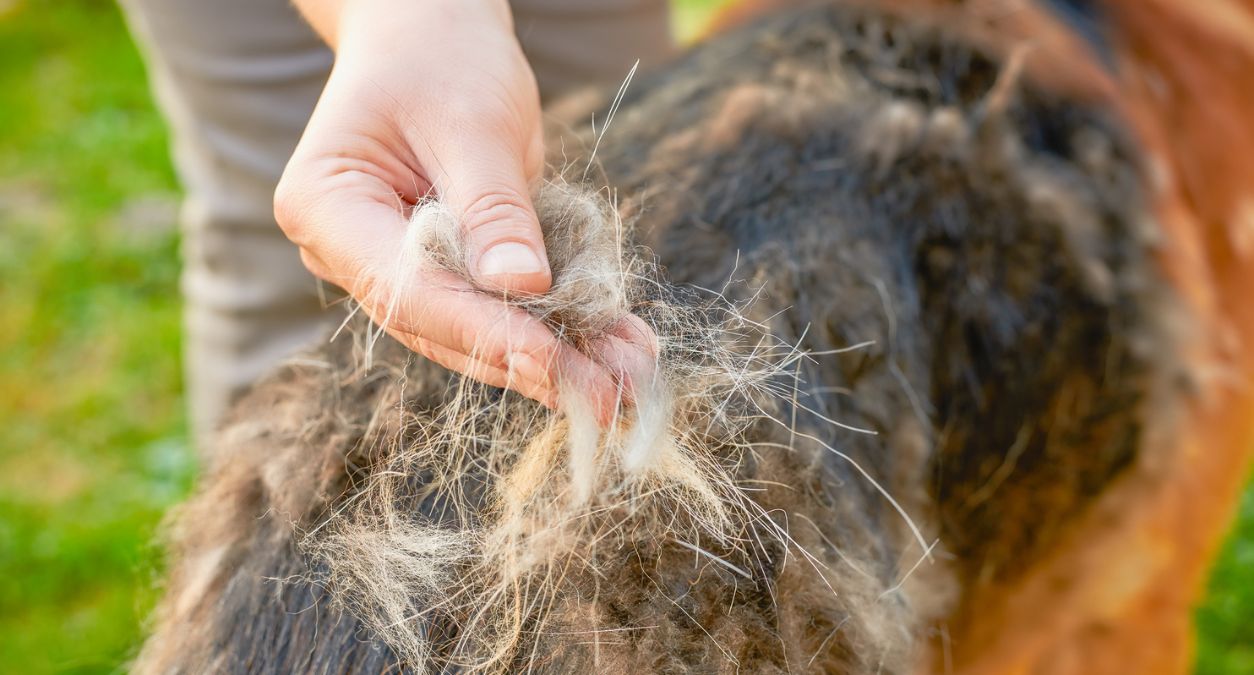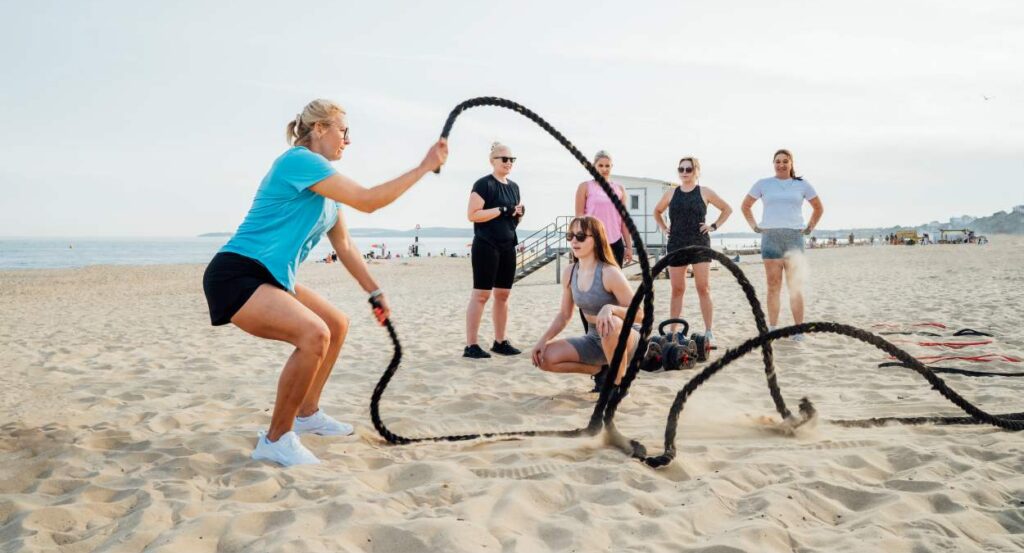Table of contents
Every breed of dog is different, and it’s fair to say that some of our furry friends are furrier than others. Because of that, certain breeds need regular and careful attention from professional dog groomers, which is why dog grooming has risen in popularity as a career option of late.
One vital part of any top dog groomer’s repertoire is hand stripping. This is the act of using hands to take out any loose fur and coat coloration on the dog. It often accumulates around the face, chest and legs in particular, and is an important job to keep dogs cool, clean, healthy and stylish.
In this guide, we’ll take a look at why hand stripping is so important, the benefits and drawbacks of doing so, and the particular breeds that need it most often.
Get Dog Grooming Insurance from Protectivity
*Disclaimer – This blog has been created as general information and should not be taken as advice. Make sure you have the correct level of insurance for your requirements and always review policy documentation. Information is factually accurate at the time of publishing but may have become out of date.
Last updated by

















